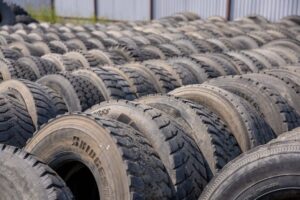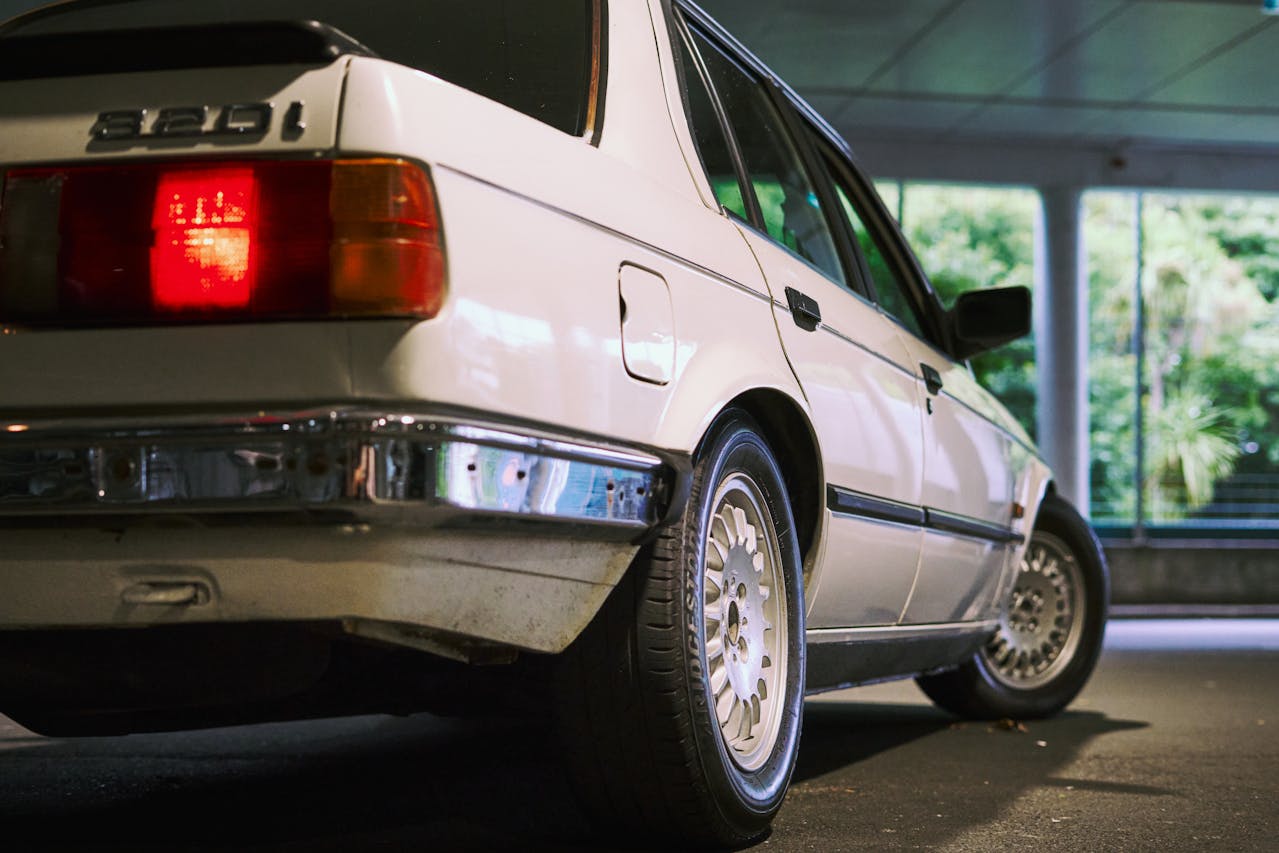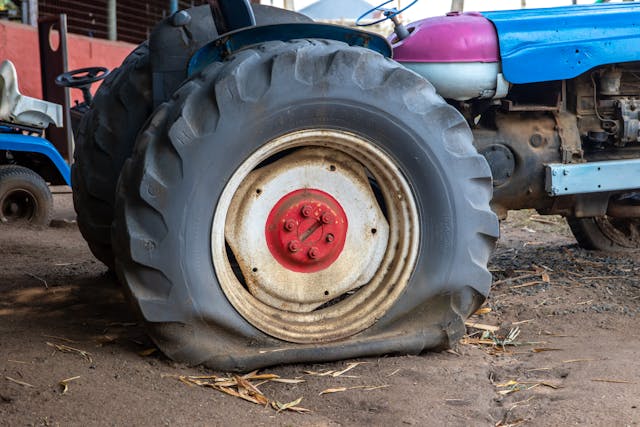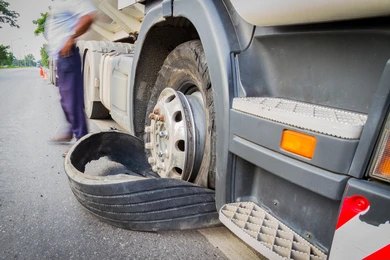So, you’re thinking about tyre replacement, and your brain is already fogging up. Don’t worry, you’re not alone. Choosing the best tyres for your car is one of those adulting tasks nobody teaches you in school—right next to filing taxes and assembling IKEA furniture without sobbing.
But hey, tyres matter. They’re literally where your car meets the road. Get it wrong, and it’s not just your comfort at risk—it’s your life.
So, let’s break it down.
Why Tyres Even Matter
Tyres are like shoes. Fancy engine, sleek design, leather seats? Doesn’t matter if your “shoes” are falling apart. Good tyres give you grip, stability, comfort, and—yep—safety.
Bad tyres? Well, imagine trying to sprint in flip-flops. In the rain. On oil. While juggling flaming swords. Yeah, not ideal.
Step 1: Know When to Replace Your Tyres
Before you go shopping for the best tyres, you need to figure out if it’s time for a tyre replacement.
Check the Tread Depth
That grooved pattern on your tyres? That’s the tread. It’s what grips the road and keeps you from sliding into grandma’s garden.
- The legal minimum tread depth is 1.6mm.
- But experts (like us) say replace them when they hit 3mm. Why? Because below that, your grip in wet conditions drops fast.
Look for Damage
- Cracks
- Bulges
- Weird vibrations
- One side wearing faster than the other (this isn’t jeans—we don’t want “character” here)
If your tyres look sketchy, it’s time to act. Trust us. You don’t want to discover your tyres are toast during a thunderstorm at 100 km/h.
Step 2: Learn Your Tyre Size (No, Really)
Before you walk into a garage and just say, “Give me good ones,” you need to know your tyre size.
Look on the sidewall of your tyre. You’ll see something like:
205/55 R16 91V
Looks like robot language? Let’s decode it:
- 205 – Width of the tyre in mm
- 55 – Height of the sidewall
- R16 – Radial tyre, fits a 16-inch rim
- 91V – Load and speed rating
You want to match this unless your mechanic or manual says otherwise.
Step 3: Understand Your Driving Style
No judgment here. But be honest with yourself.
- Do you mostly drive around the city? You want comfort, fuel efficiency, and quiet.
- Live in a rainy place? You will need tyres that grip well in wet surfaces.
- Do you take road trips? You need durability and good performance at highway speeds.
- Got a high-performance car? You need tyres that can keep up with your heavy right foot.
Choosing the best tyres isn’t about going premium. It’s about going personal.
Step 4: Know the Types of Tyres

Let’s talk categories. There’s no one-size-fits-all (unless you’re asking your dodgy cousin who swears bald tyres are “fine”).
1. Summer Tyres
Best grip on dry and wet roads.
➡️ Not great in snow or freezing temps.
2. Winter Tyres
Made for snow, ice, and cold weather.
➡️ Not ideal in summer (they wear faster and make your car feel like a boat).
3. All-Season Tyres
The jack-of-all-trades. Decent in sun, rain, and light snow.
➡️ Perfect for mild climates. But don’t expect magic in extreme weather.
4. Performance Tyres
These are the athletic types—grippy, quick, responsive.
➡️ Ideal for fast cars and spirited driving.
Step 5: Tyre Brands – Do They Matter?
Short answer: Yes. But that doesn’t mean you always need the big names.
Premium Brands
Think Michelin, Bridgestone, Continental.
High-tech rubber. Top-tier performance. Pricey but worth it if you drive a lot or fast.
Mid-Range
Brands like Falken, Kumho, Toyo.
Solid quality. Affordable. Good value for everyday drivers.
Budget
Yes, you can save money. But choose wisely.
Stick to brands with solid reviews and proper certification. Avoid tyres that sound like a sneeze.
Pro Tip: Never purchase part-worn tyres unless you really trust the seller. And even then—meh. You wouldn’t wear someone else’s used running shoes, would you?
Step 6: Choose the Right Time for Tyre Replacement
Let’s talk timing. Tyres don’t last forever, even if they look fine.
- Check every 6 months or at least before big road trips.
- Replace every 5–6 years, even if you don’t drive much. Rubber ages.
- Rotate your tyres every 8,000 to 10,000 km. Keeps wear even.
Step 7: Get Professional Tyre Fitting
You found the best tyres. Great! But that’s just half the job.
Now comes tyre fitting, and trust me—it’s not DIY YouTube material. You want:
- Proper balancing
- Correct alignment
- Valve replacement
- Tightened bolts (to spec, not Hulk-tight)
Bad tyre fitting can cause your new tyres to wear out faster, mess with your steering, or even create weird vibrations.
Spend that little extra. Get a pro.
Step 8: Don’t Forget These Extra Tips
- Check tyre pressure every month. Low pressure = poor fuel economy + bad handling.
- Keep a spare tyre in good shape. Or at least a tyre repair kit.
- Use a tyre sealant only in emergencies. Then get to a garage, stat.
Final Thoughts – Make Tyres Your Friend
Look, we know tyres aren’t exactly sexy. But they are the difference between a smooth drive and a disaster. Choosing the best tyres for your car is less about what’s flashy and more about what’s right for you.
Your car deserves good shoes. You deserve peace of mind.
So, next time someone asks, “Do tyres really matter?”—just smile, point to your well-fitted rubber, and say, “Only if you like staying alive.”
Need Tyre Replacement or Fitting Help?
We’re not just here to preach. We do this stuff. Our expert team offers the best tyres, proper tyre fitting, and fast tyre replacement—with no fluff, no upselling, and no pressure.
Drop by, call, or book online. Let’s keep you safe on the road.






